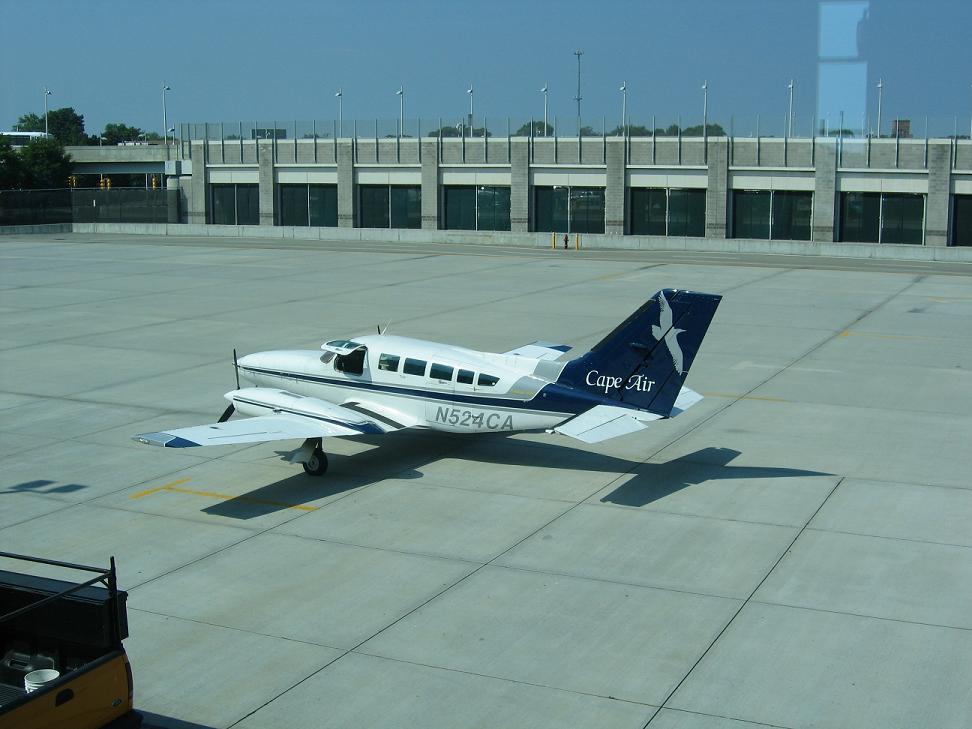
EPA report shows violation of federal airborne lead standards at two California airports, yet it continues to delay action
Update, April 21, 2014: Friends of the Earth, Physicians for Social Responsibility and Oregon Aviation Watch have filed a petition asking the EPA to address the continued use of leaded aviation gasoline. The below blog post, originally posted in June 2013, details the Friends of the Earth’s history of pressuring the EPA on the issue of leaded avgas.
It has been more than 16 years since the Environmental Protection Agency required the complete phase-out of lead in automobile gasoline. When finally closing the books on leaded auto gasoline in 1996, the EPA administrator recognized, “[t]he elimination of lead from gas is one of the great environmental achievements of all time.” Despite this acknowledgement, general aviation aircraft fuel still contains lead and is the largest single source of lead emissions in the U.S. Most people are very surprised to hear that any fuel in the U.S. still contains lead since the last time anyone can remember being able to gas up their car with leaded fuel was the early 1980s.
Lead is a harmful and toxic chemical that causes a broad range of adverse health effects when absorbed by the body. Lead exposure can affect the nervous system, kidneys, immune system, reproductive and developmental systems and cardiovascular system. Children are especially vulnerable due to a higher risk of ingestion and higher sensitivity to the damaging effects of lead. Even low levels may contribute to lowered IQ and learning deficits. There is no safe level of lead exposure.
Despite all of this evidence that lead is a major problem, general aviation planes continue to use leaded fuel. On Wednesday, June 20, 2013, the EPA released the results of a lead monitoring study conducted at 17 small general aviation airports around the country. The findings indicate that two airports in California, McClellan-Palomar Airport in San Diego County and San Carlos Airport in San Mateo County, exceed federal air quality standards for lead.
Aviation gasoline (“avgas”), used to power piston engine aircraft, is now the single largest source of lead emissions in the United States. Tetraethyl lead is added as an octane booster to meet the high octane requirements of these engines. These planes typically fly in and out of small and municipal airports. The EPA has identified approximately 20,000 airports at which leaded avgas may be used. Sixteen million people reside, and three million children attend school, in close proximity to these facilities.
In 2008, EPA changed the National Ambient Air Quality Standard for lead concentrations from 1.5 micrograms per cubic meter to 0.15 micrograms per cubic meter. In 2010, EPA undertook a lead monitoring study at 17 airports chosen by criteria such as estimated lead emissions, runway configuration, and ambient air. A monitor at the San Carlos Airport detected an average of 0.33 micrograms per cubic meter, over twice the standard. McClellan-Palomar Airport also exceeded the NAAQS standard at 0.17 micrograms per cubic meter. Both violating airports have an elementary school located approximately one half-mile away: Carlsbad’s Jefferson Elementary in San Diego County and Laureola Elementary in San Mateo County.
Friends of the Earth, represented by Earthjustice and the Environmental Law & Justice Clinic at Golden Gate University School of Law, has been pressuring the EPA to regulate lead in aviation fuel since 2003, when they submitted a comment letter asking the EPA for an endangerment finding from lead in aviation gasoline. In October 2006, Friends of the Earth filed an administrative petition again requesting that EPA find that the lead emissions from aircraft using leaded avgas may endanger public health and welfare, or, if there was insufficient information to make such a finding, to conduct a study of the impacts of lead in avgas.
After three and a half years, the EPA issued an Advanced Notice of Proposed Rulemaking in 2010.The ANPR acknowledged that adverse health problems are likely caused by lead in aviation fuel, finding that communities living near airports, those working at airports or with general aviation planes, and passengers are all potentially exposed to lead emissions, and identified EPA’s “long-standing concerns regarding exposure to lead, particularly during childhood.” It also indicated that emissions from leaded avgas-fueled aircraft comprise half of the national inventory of lead emitted into the air and yet EPA has yet to take the next step and actually regulate avgas which would start us on a path to unleaded fuel. Friends of the Earth sued the EPA in 2012 for failure to carry out its nondiscretionary duty to respond to out continued requests for regulation of leaded aviation fuel.
In addition to EPA taking action to phase out leaded avgas, airports around the country can go unleaded right now. A 2012 study shows that more than 80 percent of all piston-engine aircraft are capable of operating on unleaded fuel right now.
With EPA’s announcement documenting high lead emissions at two California airports and the fact that a significant majority of the fleet can switch to unleaded immediately, now is the time to demand that small planes in the U.S. finally go unleaded.
Related Posts
Ways to Support Our Work

Read Latest News
Stay informed and inspired. Read our latest press releases to see how we’re making a difference for the planet.

See Our Impact
See the real wins your support made possible. Read about the campaign wins we’ve fought for and won together.

Donate Today
Help power change. It takes support from environmental champions like you to build a more healthy and just world.